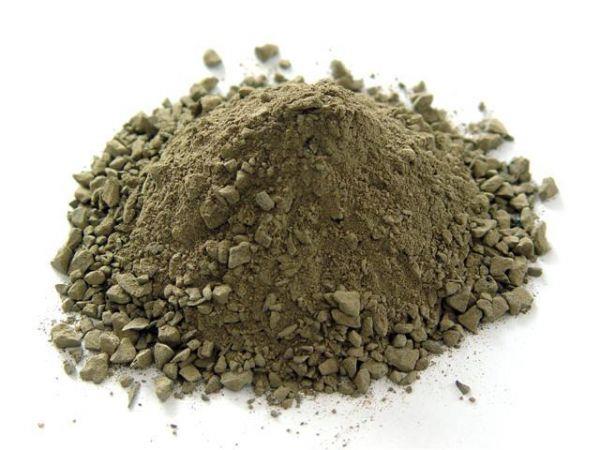Ramming material manufacturers teach you how to test the performance of refractory materials
Today, the professional ramming material manufacturers of Luoyang Quantong Kiln Industry Co., Ltd. teach you how to test the performance of refractory materials:
Common fire resistance testing methods:
(A) Water quenching method for straight bricks (YB376).
The heated end face of the straight brick ((200230mm)X(100150mm)X(50100mm) is inserted into the furnace preheated to 1100 degrees Celsius for 50mm, kept for 20min, then quenched in room temperature water for 3min, and then dried. The heated end face is broken in half The number of thermal cycles characterizes its thermal shock resistance.
(B) Test method for long strip samples (YB4018). The long strip samples (230mmx114mmx31mm or 230mmx65mmx31mm) take one surface (23ommx31mm) as the heating surface, and heat them on the soaking plate from room temperature to 1000 degrees Celsius at a specified rate and hold for 30min , and then quenched in air. The degree of damage was evaluated by the percentage change in flexural strength before and after thermal shock. The flexural strength retention rate of each brick was calculated as follows: In the formula: Rr - flexural strength retention rate , percentage; Ra —— flexural strength of the sample after thermal shock, MPa; Rb —— flexural strength of the sample before thermal shock, MPa.
(C) American panel test method (ASTMC38). The test bricks are filled with square panels with a side length of not less than 460mm, preheated for 24h, cooled, and then placed between the furnace and the blower with water mist according to the required number of times After being subjected to thermal cycling, the degree of thermal shock damage was evaluated by mass loss and visual inspection.
(D) American strip sample test method (ASTMCll00). The strip sample (straight bricks, thin bricks, strips, etc. with a length of 228mm) spans the gas burner. Starting from ignition, heating for 15min, the hot surface temperature is The temperature is 8161093 degrees Celsius, then the gas is turned off, and the burner is blasted for cooling for 15 minutes. The cycle is repeated 5 times. The degree of damage is evaluated by the elastic modulus, sound velocity or the percentage change of the flexural strength of the sample before and after thermal shock.
(E) Water quenching method for cylindrical samples (PRE\/RS-1) of the European Federation of Refractory Manufacturers. It was quenched for 3 min and then dried. The thermal shock resistance was characterized by the number of thermal cycles leading to fracture.
(F) The shuttle cylinder sample air-air quenching method of the European Federation of Refractory Manufacturers (PRE\/RS-2). The prismatic sample (114mm flint 4mmX64mm) was heated to 95oaC, kept for 45min, and then placed on an iron plate On, spray with a compressed air for 5min, and then withstand the bending stress of 3MPa. When the sample breaks, the test ends, otherwise, repeat the thermal cycle until it breaks or 30 times.
(G) British test method for small shuttle cylinder specimens (BS1902:5.11). Small prismatic specimens (75mmX50mmX50mm) are placed in a cold furnace and heated at a constant rate to 450 degrees Celsius (silica brick) or 1000 degrees Celsius or 1200 degrees Celsius Celsius (other materials), keep at this temperature for 30 minutes, and then undergo air cooling and heating cycles for 20 minutes each time. After each cycle, undergo a fixed bending stress, and the cycle is repeated until it breaks or 30 times.
The above is the method of testing the performance of refractory materials

Related News
- Introduction of construction method of ramming material in intermediate frequency furnace
- How to choose the material of furnace lining
- The difference between rammer and castable
- Application direction of intermediate frequency furnace refining
- Introduction to the construction method of dry ramming material
- Do you know the production process and control points of breathable bricks?
- The application of argon blowing technology at the bottom of the intermediate frequency furnace
- Method for prolonging service life of intermediate frequency furnace lining
- In addition to diffused breathable bricks, there are those types of breathable bricks
- What are the advantages of coil cement
- Cause Analysis of Damaged Furnace Lining
- Influence of Furnace Lining Material on Pre-furnace Temperature of Copper Alloy
- Brief introduction of furnace lining baking process
- What are the points of a good furnace lining
- Introduction of construction technology of full fiber furnace lining in furnace lining material
- Scope of application of ramming material for intermediate frequency furnace
- The application of intermediate frequency furnace ramming material in stainless steel furnace
- Intermediate frequency furnace charge manufacturers: how to protect the intermediate frequency furnace lining
- Introduction to the requirements of induction furnace lining materials
- What should be paid attention to when the ramming material is knotted


